Enter A Dystopian Era Of Fashion With Two New Streetwear Labels
Biskit and Six5Six Street, which make their debut at Lakmé Fashion Week today, both hinge on the premise of a post-apocalyptic planet where we are excessively dependent on technology

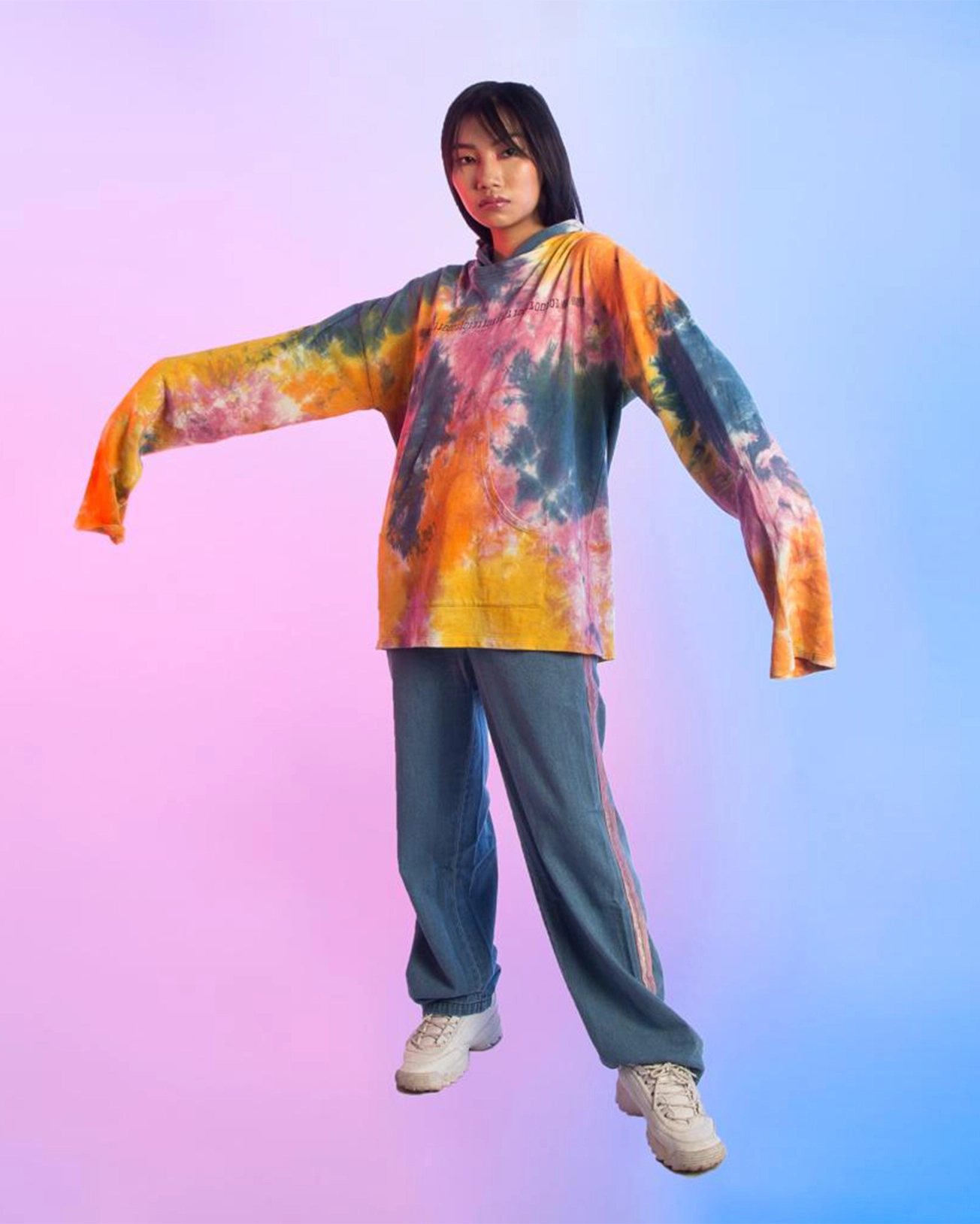
Bill Cunningham once said, “Fashion is the armour to survive the reality of everyday life.” But what happens when reality becomes too harsh? The mind travels. The imagination gives birth to a new world where dystopian fantasies thrive. TV series like Black Mirror, Westworld and The Handmaid’s Tale have managed to capture the fancy of both millennials and their parents simply because mankind has always harboured a morbid sort of fascination for the apocalyptic culmination that our world is hurtling towards. Two fresh labels — Biskit and Six5Six Street — that are making their debut at Lakmé Fashion Week’s #StreetFeat showcase today follow a design aesthetic that resonates with this end-of-the-world intrigue.
Harsha and Shruti Biswajit, are the designer-duo behind the Chennai-based label Biskit. Titled ‘Space Out’ their collection comprises functional unisex clothing styles mixed with prints inspired by space. They are approaching fashion as an art project to tell stories through their design language.
Siblings Avni and Ambar Aneja are true millennials. Still in their early twenties, Six5Six Street has been able to engage with social issues concerning the youth through their streetwear clothing. Think T-shirts with captions such as ‘Digital Detox’ or ‘Click-Bait’ on psychedelic tie-dye prints paired with neon bottoms.
Excerpts from an interview in which the designers throw light on what dystopia means to their labels and how they translate this ethos into their design philosophies….
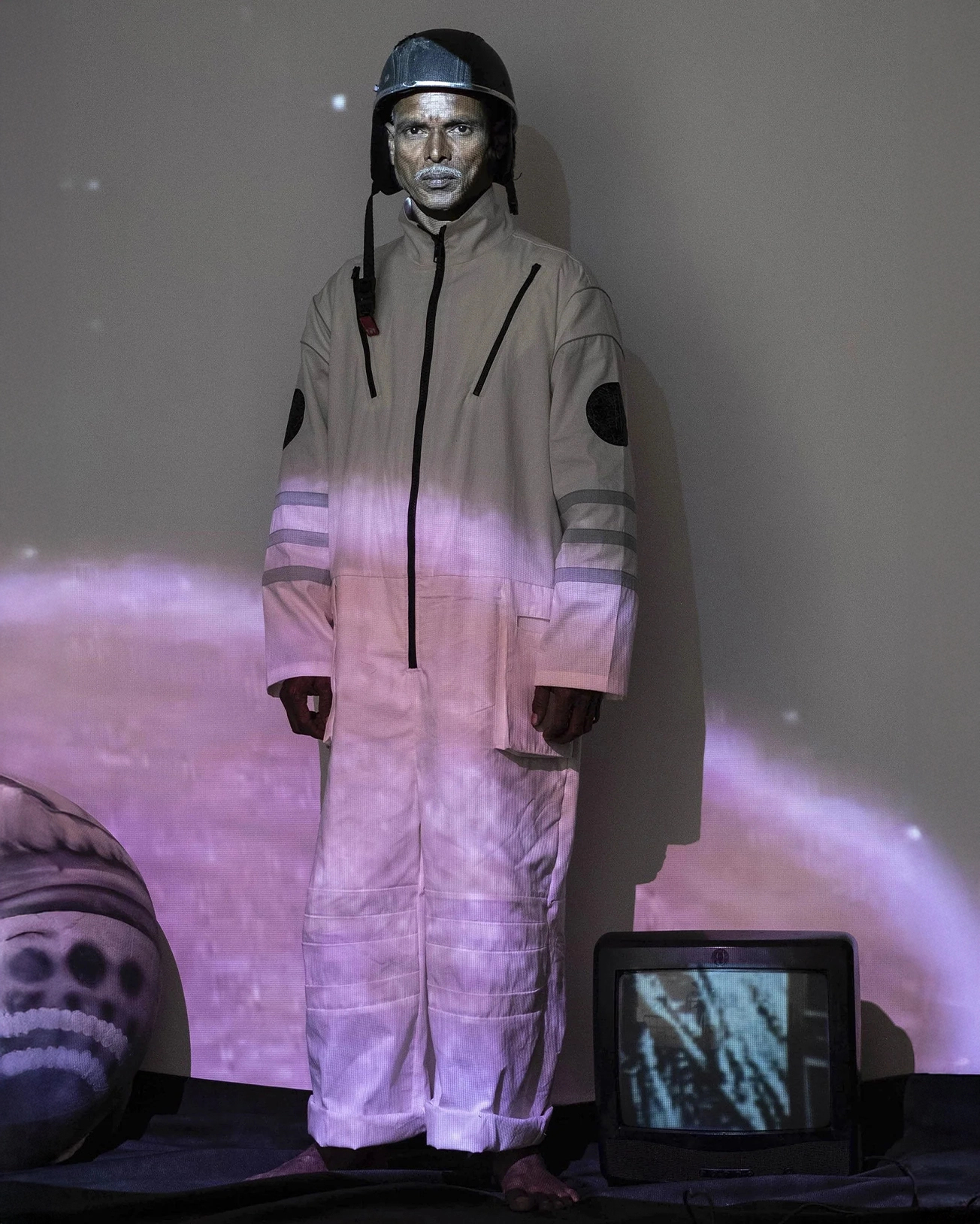
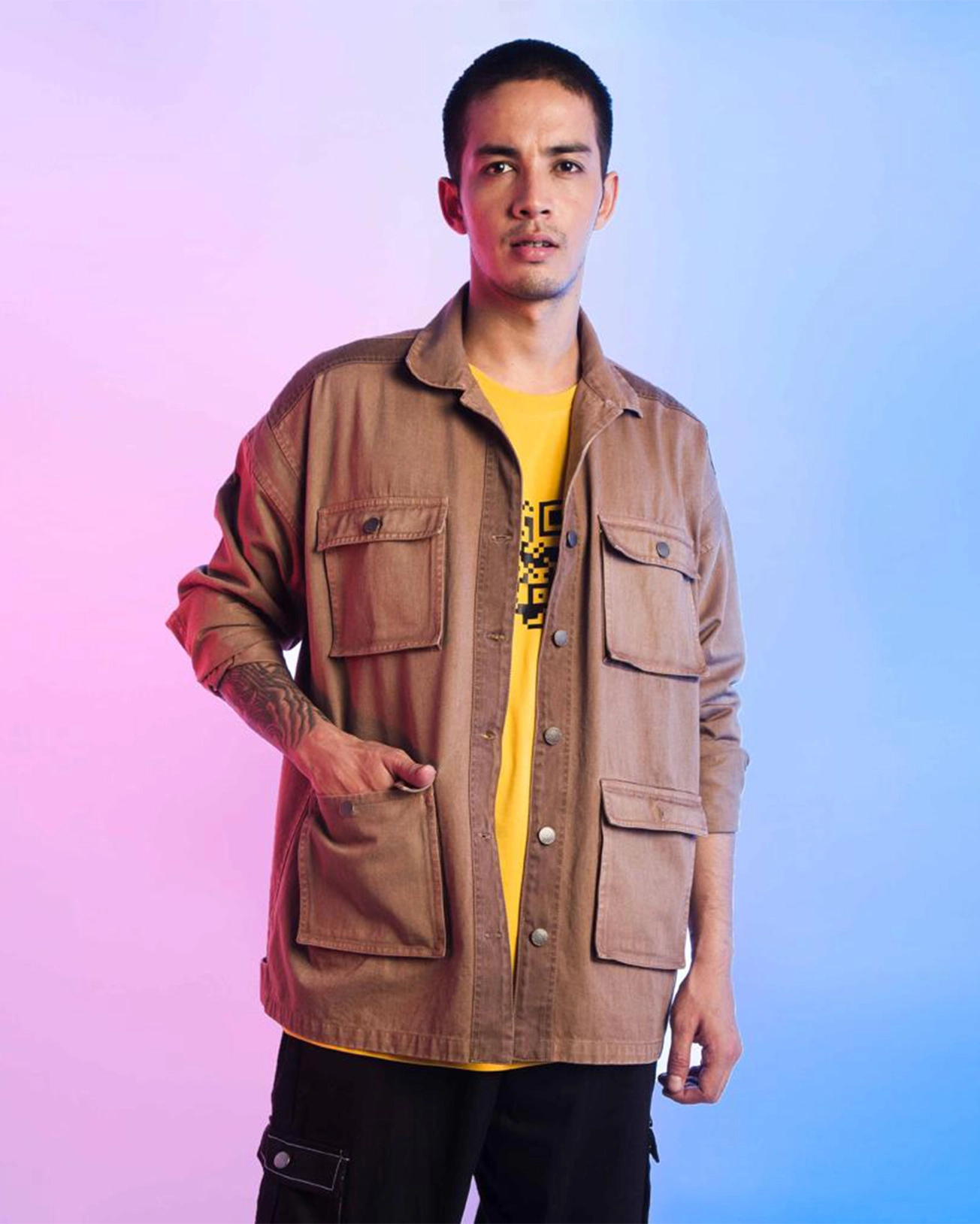
What inspired you to start a fashion label?
Biskit: Before we returned to India to start Biskit, both Shruti and I worked independently as a fashion designer and fine artist respectively in New York. Our diverse experiences and skill sets have helped us run the label seamlessly. We are able to control and shape all the different aspects that go behind creating a fashion business, right from the logo, branding and designing to production and packaging. We approach our collections as art projects. Given our backgrounds, storytelling through the medium of design comes organically to us.
Six5Six Street: Our father has been engaged in the manufacturing business for more than 22 years. While growing up, we were surrounded by rolls of fabrics and were part of buyer meetings where threads, colours and styles were finalised. We started out by manufacturing only T-shirts with designs inspired by pop-culture, ranging from our favourite music bands to movies. This gave us a chance to break through conventional ideas and create something new.
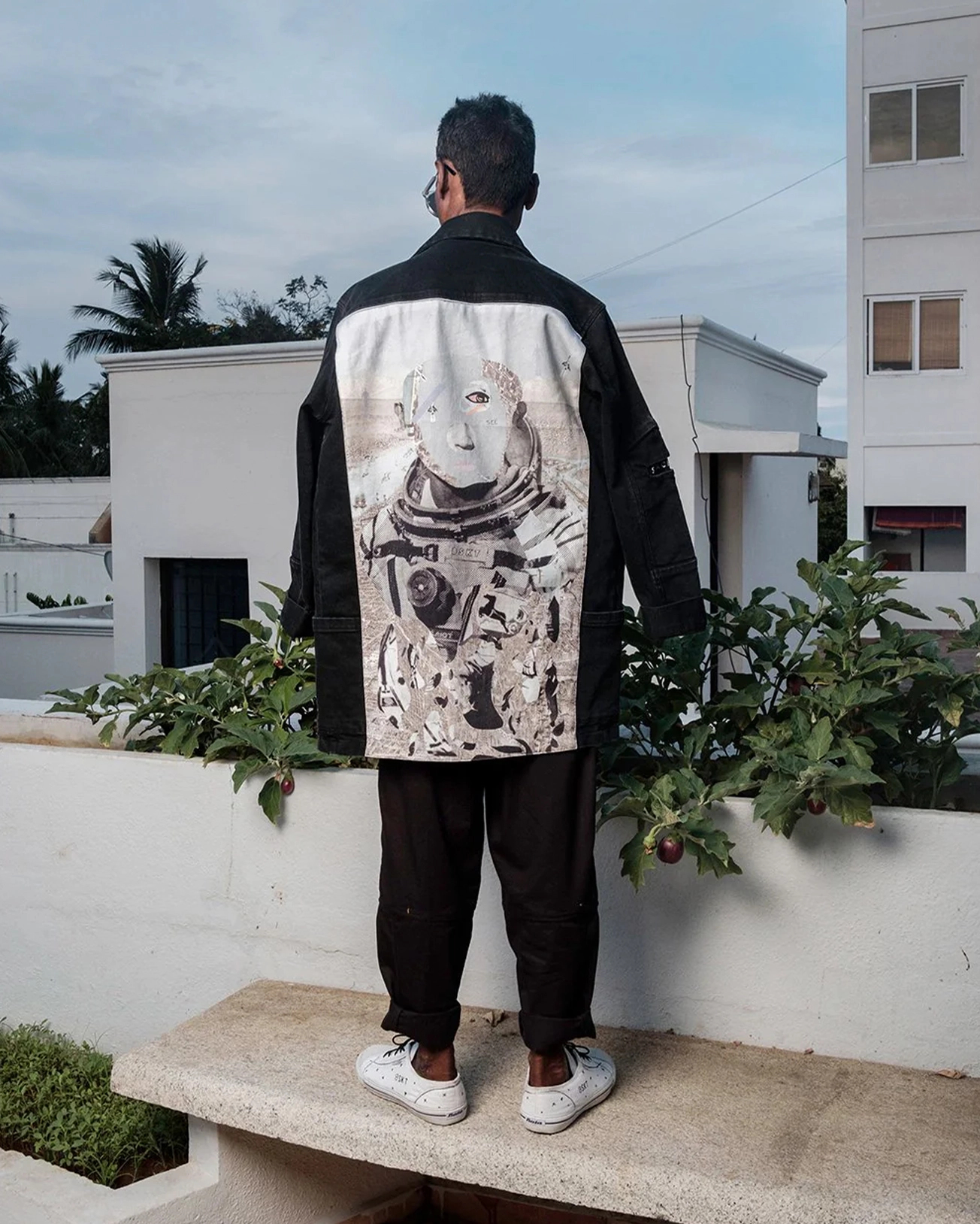
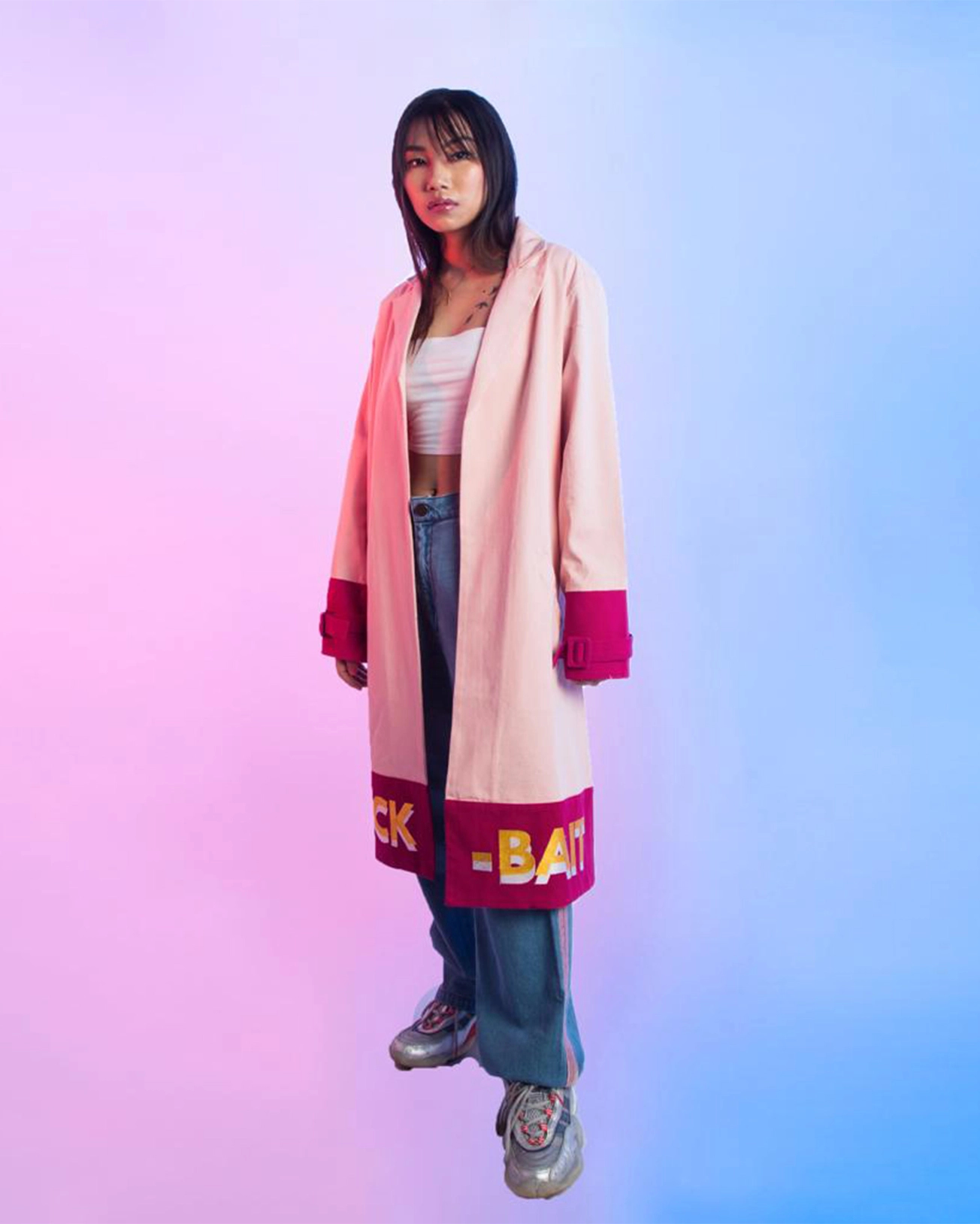
How have you incorporated the idea of dystopia into your designs?
Biskit: For me, dystopia is a reality; the idea of utopia doesn’t exist. As an artist, sharing an aspect of it through our work gives others a peek in our world. One can see it through the visual elements of our clothes. For our first collection, we took inspiration from space. We have looked at humans exploring space – from migrating there to creating an alternative society on a far-flung planet. We’ve incorporated elements on the clothes which reflect India’s history related to the subject; for instance, one of our jumpsuits is modelled after Rakesh Sharma’s spacesuit.
Six5Six Street: Our dystopian aesthetic may not match the conventional, Rick Owens-version that the word has come to be associated with. We seek to study the impact of technology on our everyday lives. Being millennials, we are always surrounded by screens, be it mobile phones, televisions or computers. When technology completely takes over us one day, we will be living in a dystopian world. We are increasingly becoming dependent on digital media, which has, in turn, slowly started controlling us. There are so many issues that remain unaddressed because of the saturation of content on social media platforms. We aim to try to represent these through our clothes.
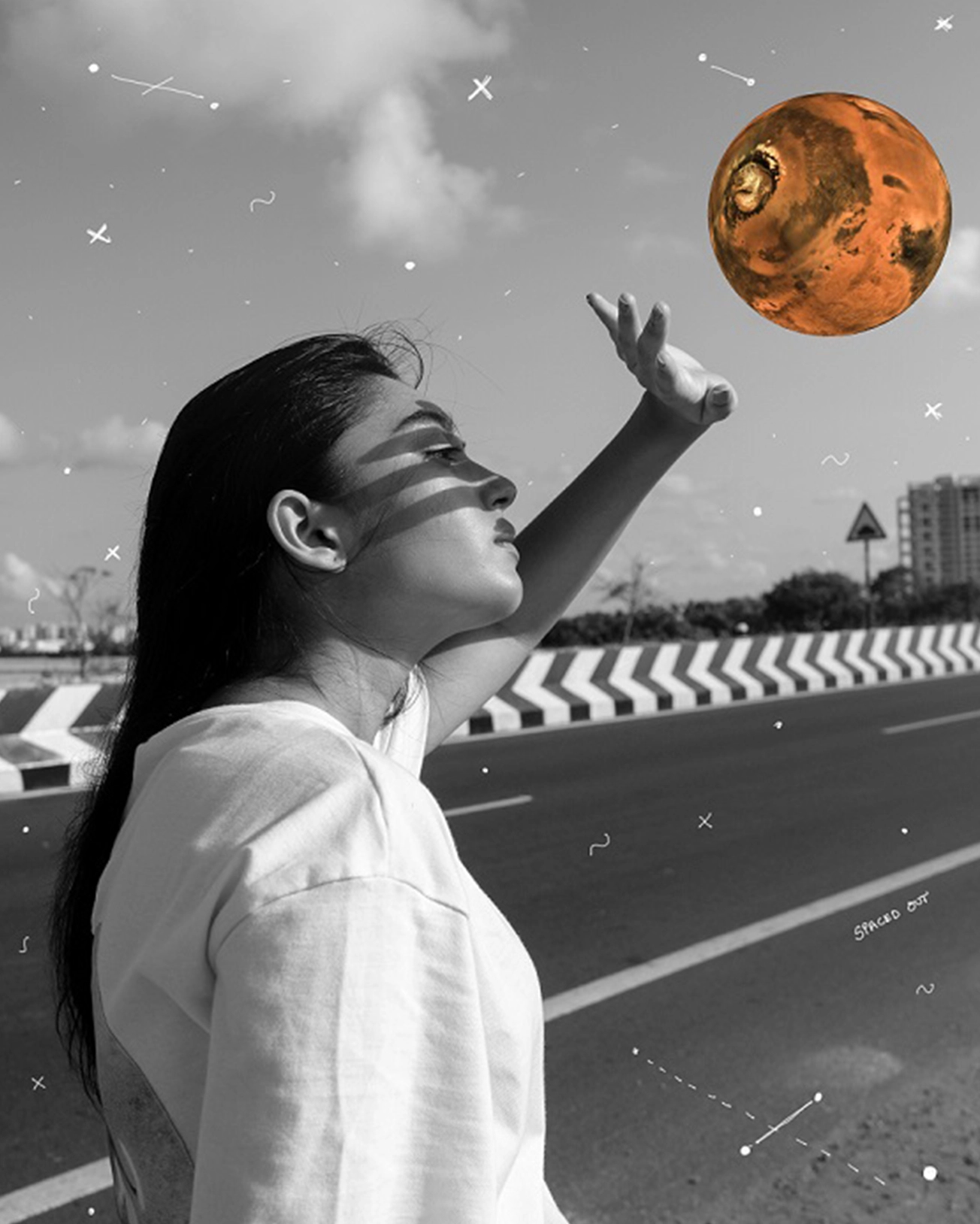
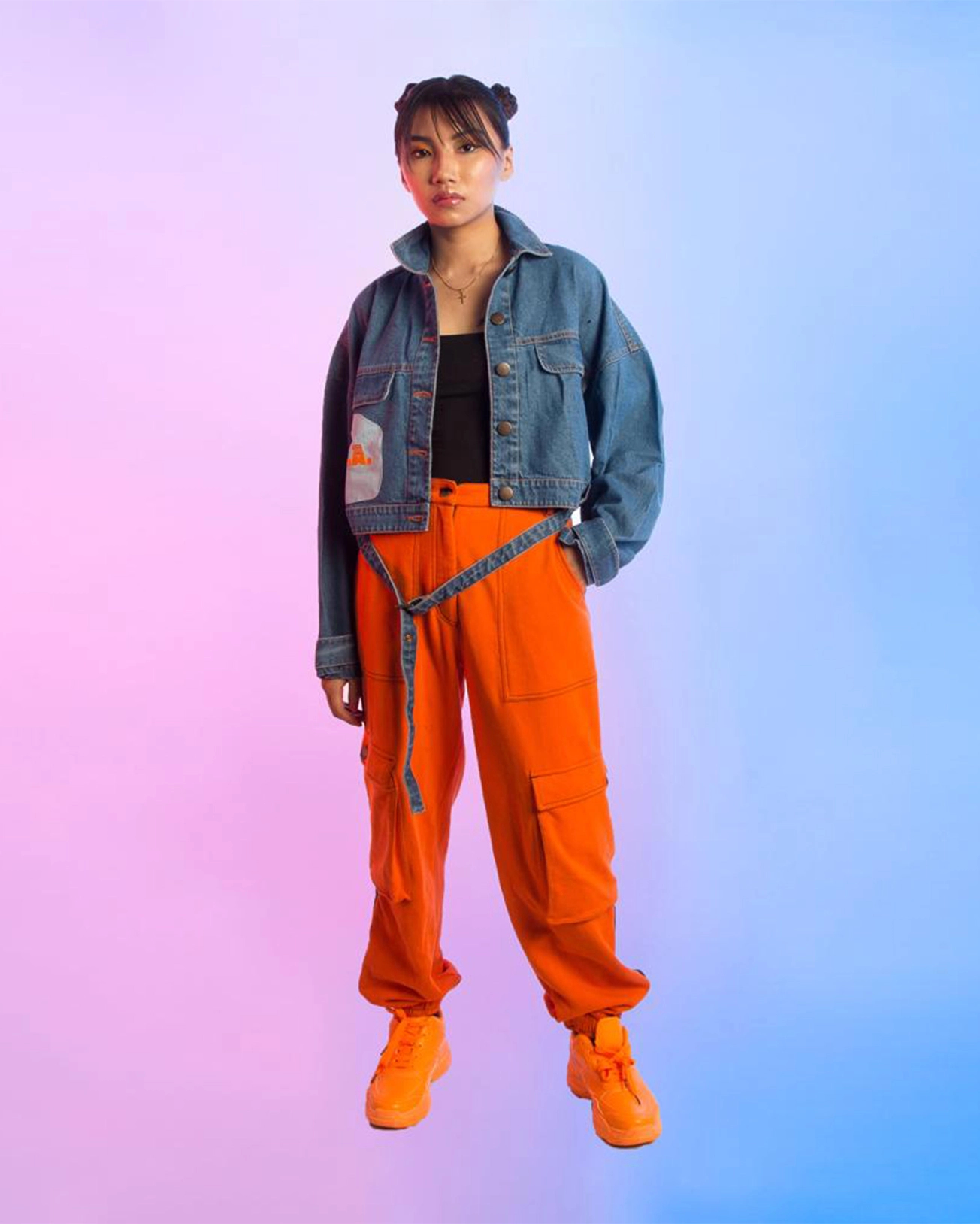
How have you created an interactive and immersive virtual experience for consumers through your website?
Biskit: The website is an important part of our identity. Right from the inception of the brand, we knew it would be visually driven and we wanted to create an immersive experience through it. We aim to translate the ethos of the brand across all the platforms – be it through clothes or on our digital platforms.
Six5Six Street: Things which often stay with us are something that we are involved in; hence, we deliberately designed a website which was immersive. We wanted our consumers to feel like they were part of our brand and contributing to its ideology. Sections of our website are constructed in a way as if the consumer is a part of the picture. Our aim isn’t limited to selling clothes; we wanted to tell a story through them.
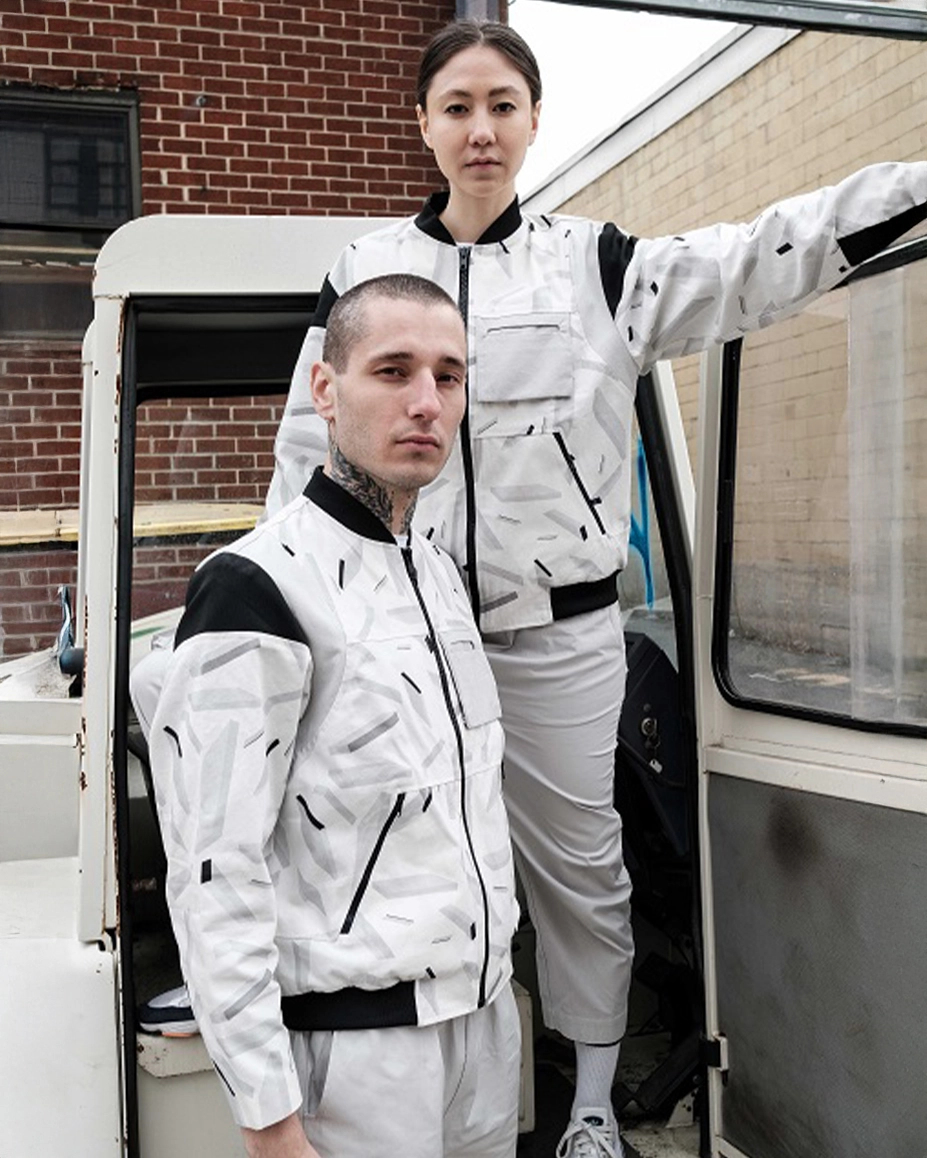
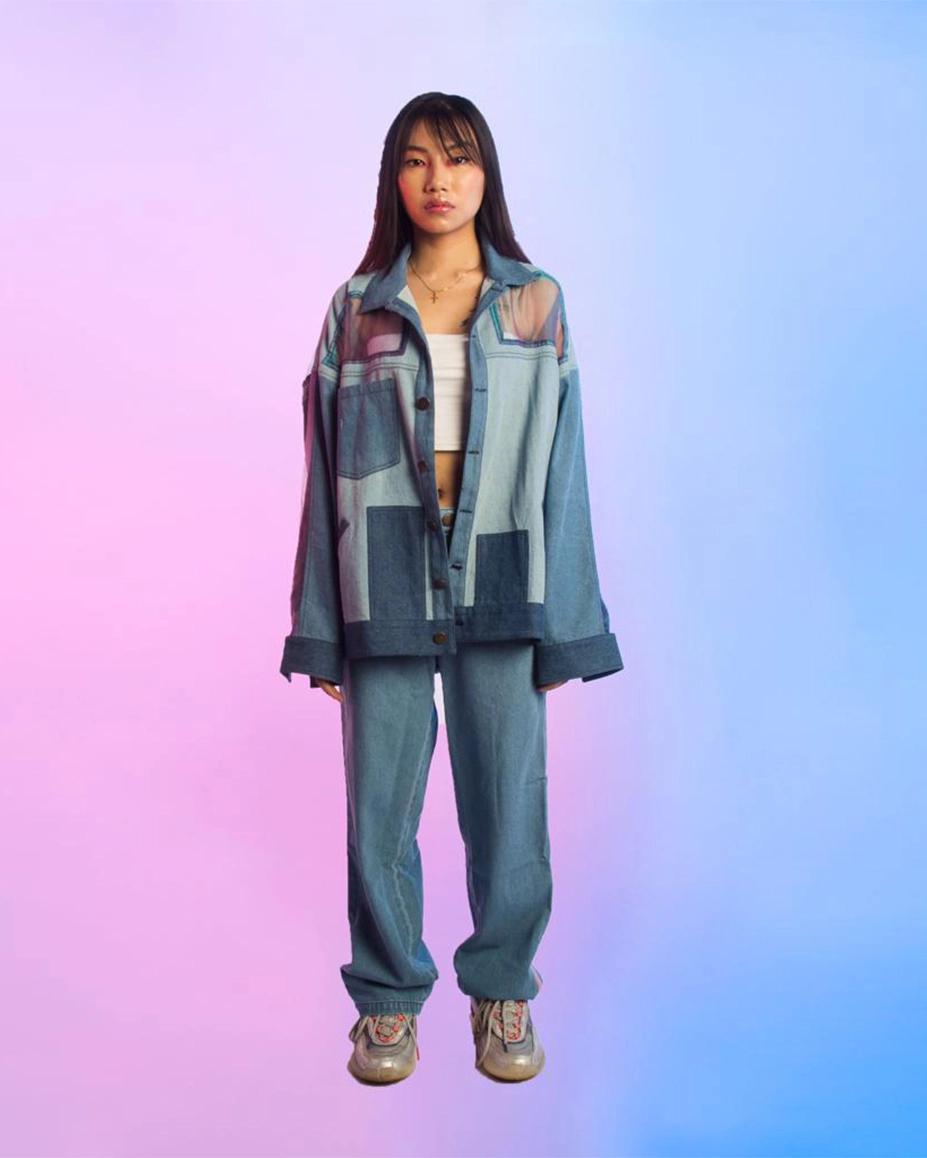
How do you use fashion as a medium to talk about various issues?
Biskit: All our clothes are unisex. We wanted to move away from the conventional idea of gender-based clothing. Our clothes don’t decide who should be wearing them, we let our consumers choose the styles that they are comfortable wearing. We developed prototypes which would be suited for men and women and tried them on diverse body types to ensure they are inclusive.
What’s the future of streetwear?
Six5Six Street: In today’s time the definition of streetwear has expanded. We are seeing streetwear seep into our everyday wardrobe. Consumers are slowly taking notice of homegrown streetwear labels and it’s a growing market. It is interesting to see so many interpretations of the same genre in India.